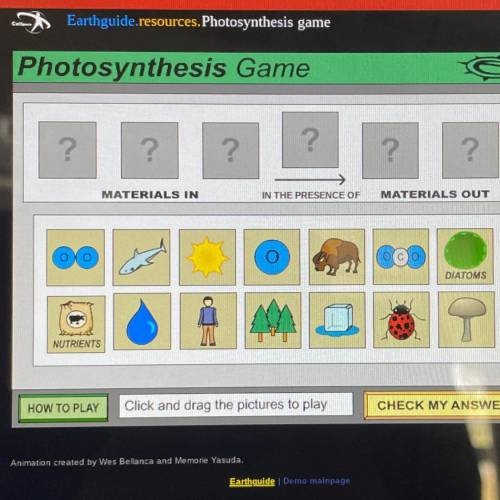Help please I need this I don’t understand
...

Biology, 08.01.2021 01:30 lifeisbowling59
Help please I need this I don’t understand


Answers: 1


Other questions on the subject: Biology

Biology, 21.06.2019 20:00, ello17
In eukaryotes, genetic information is passed to the next generation by processes that include mitosis or meiosis. which of the explanations identifies the correct process and supports the claim that heritable information is passed from one generation to another? a. mitosis, followed by cytokinesis, produces daughter cells that are genetically different from the parent cell, thus insuring variation within the population. b. during mitosis, dna replication occurs twice within the cell cycle to insure a full set of chromosomes within each of the daughter cells produced. c. in asexual reproduction, a single individual is the sole parent and passes copies of its genes to its offspring without the fusion of gametes. d. single-celled organisms can fuse their cells, reproducing asexually through mitosis to form new cells that are not identical to the parent cell.
Answers: 1

Biology, 21.06.2019 22:30, suieemage
Last week i was assigned a thematic. we have groups of three but the people i was assigned with haven't been in school for days. i would appreciate if anyone can me with my thematic . i highlighted most of the important steps and i circled my thematic topic. in desperate need : ( its due on february 19
Answers: 1

Biology, 22.06.2019 02:30, florochoa217
Plz ! a scientist wants to produce a cow that makes a particular human protein in it’s milk the desired protein causes blood to clot and can be used to treat hemophilia (a blood clotting disorder). which of the following would be best for the scientist to use? a. genetic crosses. b. cloning. c. selective breeding. d. genetic engineering.
Answers: 1

Biology, 22.06.2019 03:30, gaby6951
Rease is an enzyme used by plants to break down urea (a nitrogen-containing compound) into carbon dioxide and ammonia. urease urea > > > carbon dioxide and ammonia ammonia is broken down by plants into a nitrogen source plants need to grow. thus, plants could not use urea as a nitrogen source unless it was first converted to ammonia. in soybean plants there are two different kinds of urease, one produced in the seeds and the other produced in the leaves of the plant. three types of soybean plants were used in a set of experiments: normal soybeans and two mutant strains, one lacking the urease in the seeds only (strain 1) and one lacking urease in the leaves only (strain 2). experiment 1 separate areas in a field were planted with normal, strain 1, and strain 2 soybeans. all types of soybeans appeared to grow, flower, and produce seeds equally well. there were no externally detectable differences among the strains. experiment 2 small pieces of plant leaves of equal weight were obtained from each type of soybean plant and separately placed on media in culture dishes. tissue growing in this way will become an unorganized clump of cells referred to as callus. to provide a controlled nitrogen source, half the tissue samples of each type were placed on media containing urea, and the other half of the samples were placed on media containing ammonia. after 30 days, the weight gain for each of the callus samples was determined. results are shown in the table below.
Answers: 2
You know the right answer?
Questions in other subjects:



History, 11.07.2019 22:30




History, 11.07.2019 22:30

Biology, 11.07.2019 22:30





